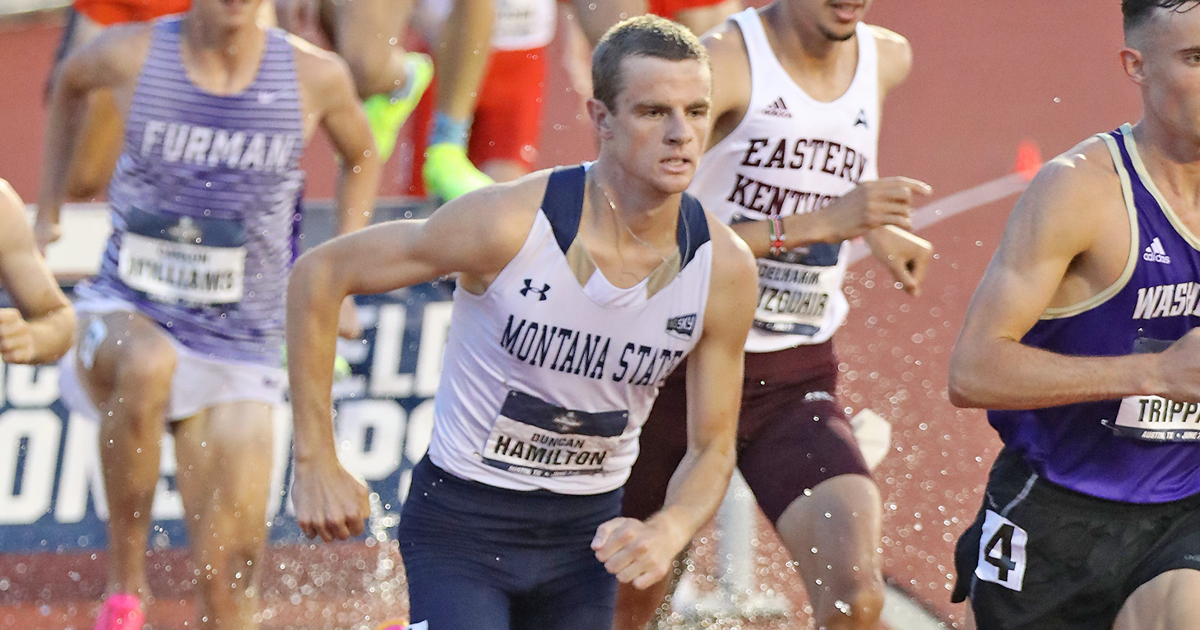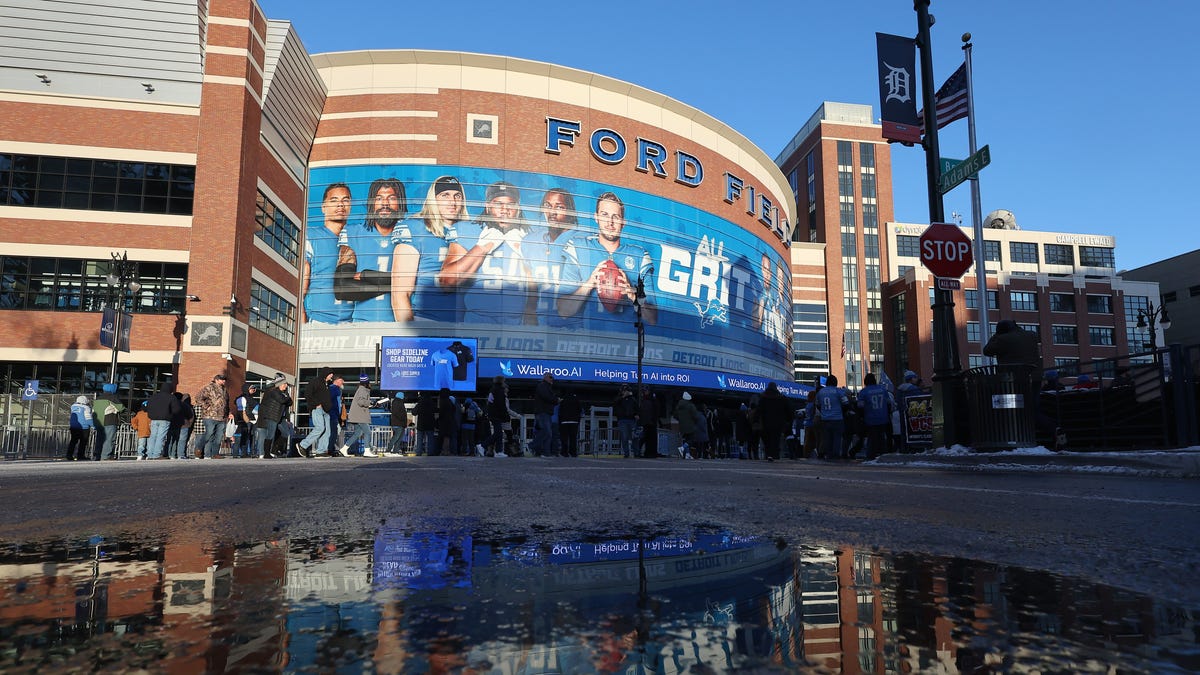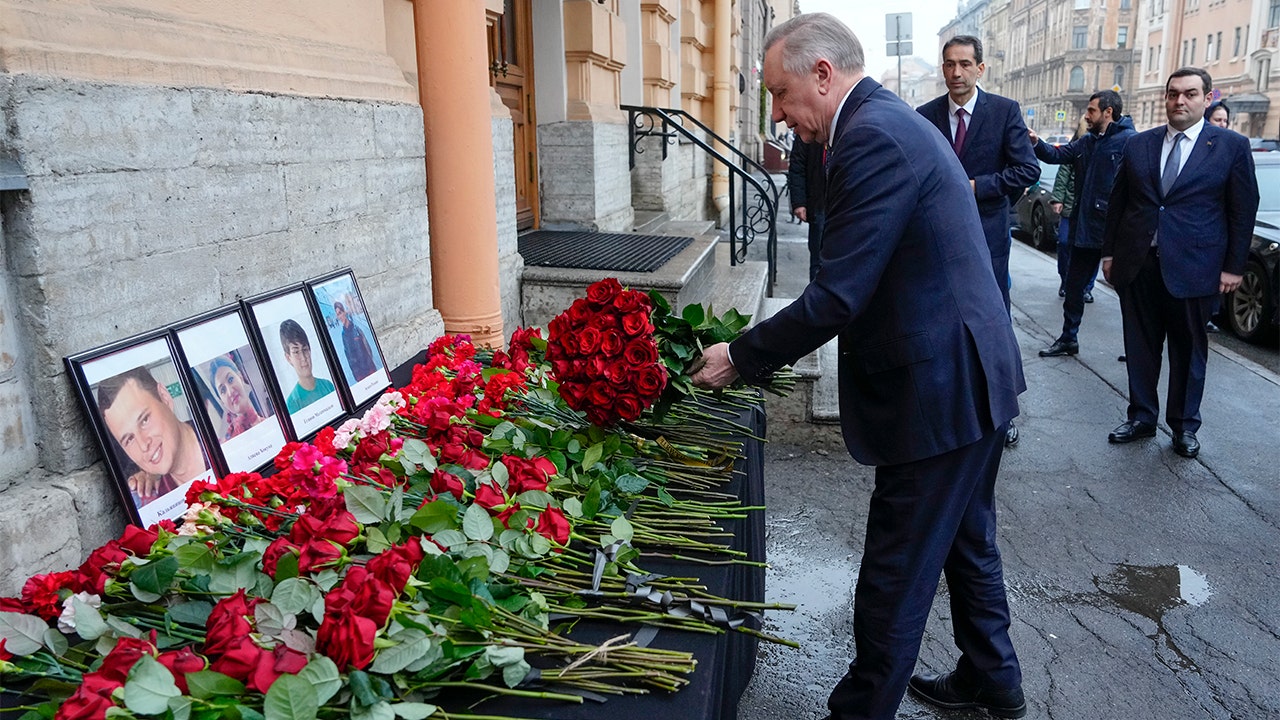AUSTIN, Texas — When Duncan Hamilton took his shot with one and a half laps to go in the men’s steeplechase final, he wasn’t alone.
The Montana State runner had been in or near the front for most of the race. But BYU’s Kenneth Rooks had been lurking, and decided to go with Hamilton on the backstretch surge. Rooks even found an opening on the following water jump, taking the lead from Hamilton going into the bell lap.
“It’s fun to pass people on the water jump,” Rooks said after the race. “Also, just having a good water jump heading into your last lap helps your momentum as you start building up into your kick.”
Rooks and Hamilton continued to pull away from the rest of the pack on the final lap, with Hamilton grimacing as he tried to close the gap created by Rooks. It didn’t help that he stumbled after the barrier on the backstretch. Or the fact Hamilton slammed down hard clearing the last water jump, while Rooks went directly into his stride.
People are also reading…
With about 250 meters left in the race, Hamilton said he still felt confident as long as he had a strong finish.
“I’d almost rather be right behind him than right in front of him with 200 to go,” Hamilton added. “So I was still optimistic there. But those last three barriers were rough, my legs were tired. It was taking everything I had to keep good form and not fall.”
Instead, Rooks found one last surge to completely pull away from Hamilton and win the men’s steeplechase final in 8 minutes, 26.17 seconds at the NCAA Outdoor Track and Field Championships at Mike A. Myers Stadium Friday night. Rooks’ mark set a new facility record.
Last season, Hamilton led the final wire-to-wire before being passed by Eastern Kentucky’s Ahmed Jaziri on the final lap in what ended up being one of the fastest steeplechase finals in NCAA history. In 2023, Hamilton came back with a new fire, and looked ready to attack a slower, much more tactically focused effort on Friday.
But it ended with the same result: Hamilton finished second once again, this time in 8:32.18. He was also named a first team All-American.
“I was visualizing this race so many times in my head: creating a gap and breaking the tape,” Hamilton said. “But it didn’t happen.”
Montana State’s Duncan Hamilton leads the pack over a barrier while running in the steeplechase final during the NCAA outdoor track and field championships Friday in Austin, Texas.
MSU head coach Lyle Weese applauded Hamilton’s effort, especially with how he covered moves and took control during “critical moments of the race.”
“And then just about 200 to go, the fatigue set in,” Weese said. “So it made that last water jump and that last barrier a lot more challenging. That happens sometimes.
“He’s had a long year. He’s run so well in cross country, indoor track and all throughout the outdoor season. So this was another great race by him. Maybe not his best race of all time, but at the same time, really close.”
Neither Hamilton nor Rooks were all that surprised to see a more tactical race play out Friday. Rooks said he talked with coaches and teammates beforehand and felt confident in either scenario. Hamilton acknowledged that “tactics have always been hard for me,” and that his best shot to win races is relying on his strength and closing speed.
Hamilton also said he did not want to lead wire-to-wire like last season, meaning he was comfortable with Washington’s Ed Trippas taking the early lead. Hamilton kept contact on Trippas’ outside shoulder, but didn’t take the outright lead until the group entered the final four laps.
“The thought was either to separate from them or to just gradually squeeze it down,” Hamilton said. “It was clear that I’m not going to separate from this field. These guys are world class. So the plan was just to gradually squeeze it down. I beat everybody in the field but one.”
Rooks said his coach told him about a potential mid-race surge from Hamilton, so he was prepared. His main thought was to relax and respond to the move. He was in sixth when Hamilton took the lead and fifth with three laps to go. On the next lap, Rooks passed Eastern Kentucky’s Abdelhakim Abouzouhir to take over second place.
“And then with 600 to go, I felt myself coming up next to (Hamilton) and I was like, OK, I think I can out-kick him,” Rooks said. “I’ll just out-kick him and go for it.”
Hamilton said he likes to learn from each race. That’s especially true this time, with the USA Track and Field Championships rapidly approaching (July 6-9 in Eugene, Oregon).
“I have the confidence that I’m one of the strongest runners out there. I rely on strength a lot,” he said. “I feel like I say this every race but that speed is something that I need to work on. I need more faster workouts. I’ve got a month still. That’s a lot of sharpening that can be done.”
But Hamilton didn’t solely look ahead, cognizant of the fact Friday’s race was his final time in a Bobcat uniform. Weese reflected on what has been “an amazing five years” coaching Hamilton and having a front row seat to all his accomplishments.
“He’s one of the best steeplechase runners in NCAA history,” Weese said. “But he’s also done so well in the other events: 800, 1,500, mile, 3K, 5K. Just all around a great runner. He leaves an incredible legacy.”
Hamilton said he’ll now shift to “saying goodbye” to teammates, coaches and MSU as a whole.
“It’s going to be hard to leave Bozeman and to leave my family and my teammates,” Hamilton said. “But I’m just thankful for every opportunity that I have.”
Hamilton was clearly disappointed with the second consecutive runner-up finish at NCAAs, noting how Friday was another reminder that “second place will just never be enough for me.” He said it will help him improve down the road as he moves into professional running.
“But I like to continually measure my success backwards and think from where I’ve grown from,” Hamilton added. “Because of my time at MSU, I’ve become one of the top steeplers in the nation and the NCAA and the world. I’m just so thankful for my coach and (my teammates) for giving me that.”
Braden Shaw can be reached at bshaw@dailychronicle.com or 406-582-2690. Follow him on Twitter @ByBradenShaw












/cdn.vox-cdn.com/uploads/chorus_asset/file/25805991/2191410214.jpg)











/cdn.vox-cdn.com/uploads/chorus_asset/file/24924653/236780_Google_AntiTrust_Trial_Custom_Art_CVirginia__0003_1.png)




/cdn.vox-cdn.com/uploads/chorus_asset/file/25672934/Metaphor_Key_Art_Horizontal.png)

